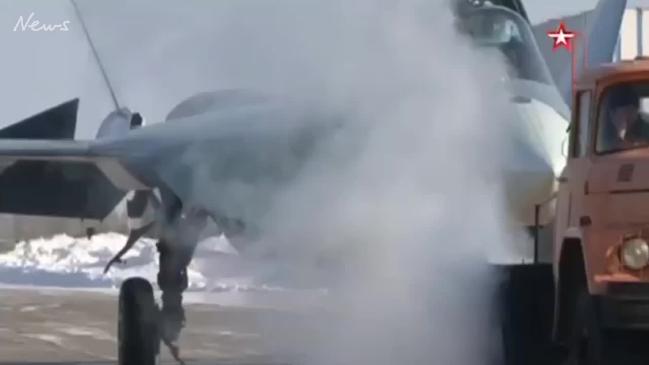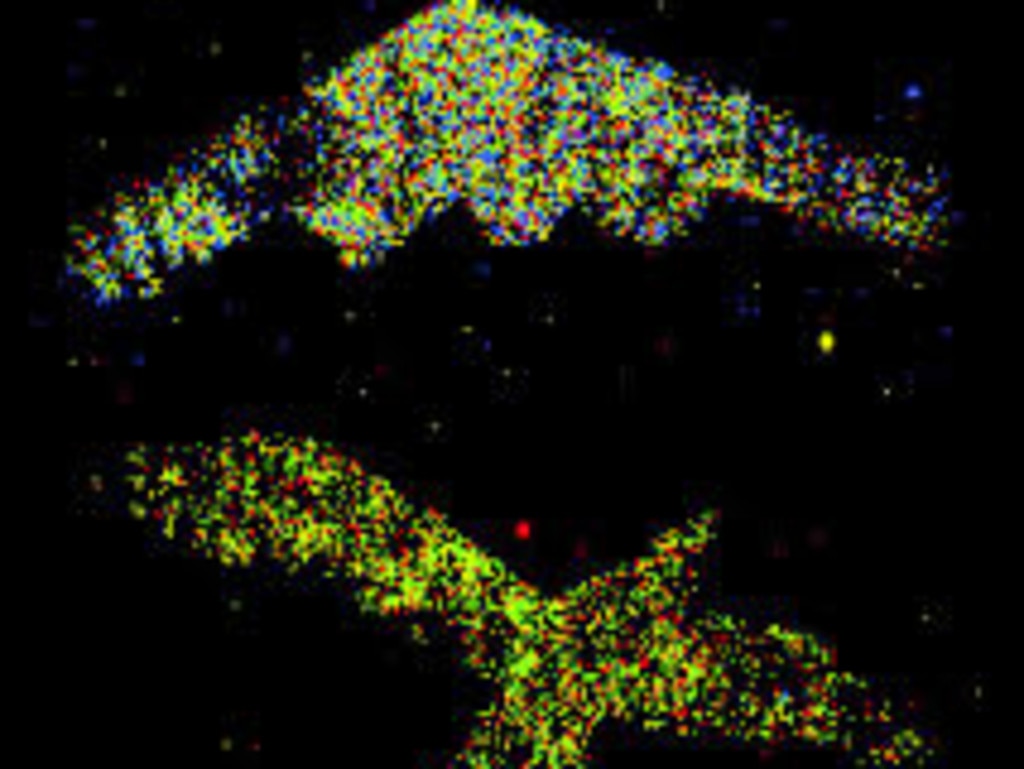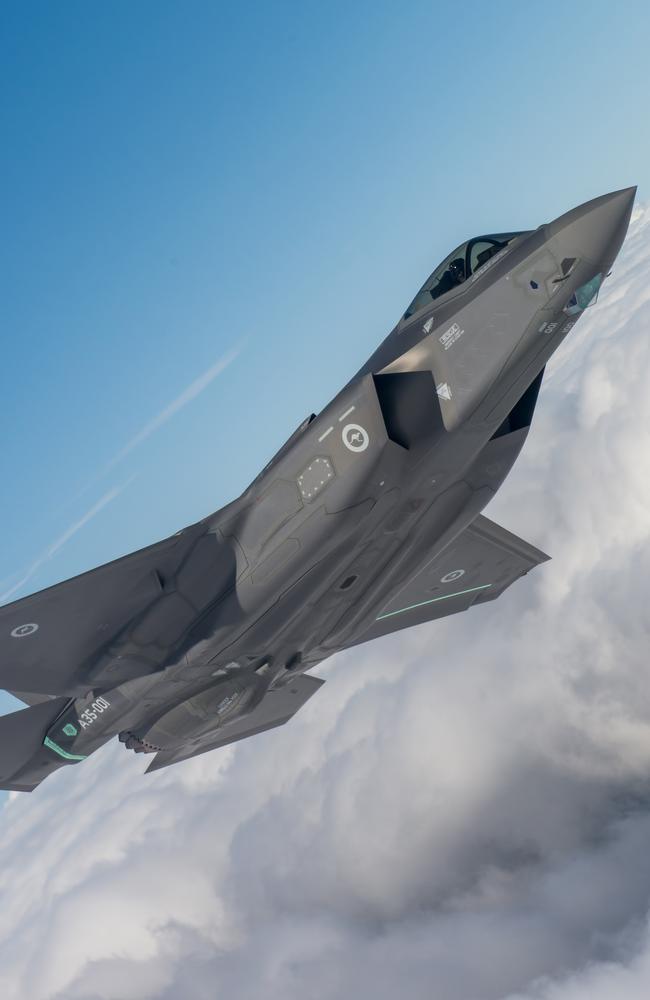Quantum radar: Canada joins race to develop new all-seeing eye to defeat stealth, interference
CHINA says it has it. Canada is developing it. There’s a new push to develop a working quantum radar as an unstoppable, all-seeing eye.

THE concept behind radar is easy.
Quantum radar — not so much.
Radar as we know it works on the same principle as an echo of your voice bouncing off a cliff. It blasts narrow radio beams into the sky and space, with sensors waiting to catch and analyse whatever is reflected back.
It was a revolutionary development in World War II that many say saved the United Kingdom during the Battle of Britain and the Battle of the Atlantic.
The effect of the proposed quantum radar is similar.
But it has a very different cause.
The rules of physics don’t apply at the subatomic scale. One strange effect is how two quantum particles can be ‘entangled’ in such a way that when one of them is moved and exposed to an influence, that influence is immediately seen in its distant partner.
It’s a phenomenon that has enticed science since the time of Einstein.
It has potential that has Canada excited.
Now, researchers at the University of Waterloo in Ontario, Canada, are on the job.

RELIABLE EYE
Radar is problematic for the icebound country sitting uneasily beneath the flight-path of missiles and bombers aimed at each other by Russia, China and the United States.
There’s the picturesque auroras, for one. These highly charged particles play havoc on the radio waves radar relies upon. And they get so much worse every time there is a sunspot or solar flare.
RELATED: What we know about China’s new stealth fighter
“In the Arctic, space weather such as geomagnetic storms and solar flares interfere with radar operation and make the effective identification of objects more challenging,” says University of Waterloo’s Institute for Quantum Computing (IQC) expert Jonathan Baugh.
Then there’s the increasing prevalence of stealth technology.
The US has had it for awhile now. China and Russia are beginning to field their own aircraft boasting such radar-evading abilities.
And with the near worldwide marketing of the F-35 strike fighter, such radar resistant warplanes are becoming all the more common.
Canada wants a solution.
“By moving from traditional radar to quantum radar, we hope to not only cut through this noise, but also to identify objects that have been specifically designed to avoid detection,” Baugh says.

EDGE OF DISCOVERY
“This project will allow us to develop the technology to help move quantum radar from the lab to the field. It could change the way we think about national security,” Baugh says.
The potential is enormous.
RELATED: What we know about Russia’s new stealth fighter
Not only can the simple act of a plane bumping into a quantum particle reveal its presence, the way that particle reacts to different substances can expose a whole lot more.
Researchers believe quantum radar could eventually be used to ‘scan’ an aircraft for its exact composition. This could expose which contacts were diversionary drones. It could, potentially, also reveal if an approaching bomber was carrying a nuclear weapon.
It’s exactly the kind of information tactical commanders — and crisis management teams — need.
And where radio waves can be bounced off in inconvenient directions, absorbed by carefully tailored nanomaterials in an aircraft’s skin, or jammed by ‘spoof’ radio waves from equipment or the sun — such technology is irrelevant when it comes to quantum particles.

SPOOKY ACTION AT A DISTANCE
What scientists need to do is ‘tame’ entangled quantum particles.
Such particles — like the photons that make up light — can be made to have a mysterious connection.
It’s a connection that seems to be instantaneous. It surpasses the speed of light.
What doesn’t exceed the speed of light is the movement of the two particles themselves. The speed with which one half of an entangled pair can be projected away from its sibling follows the same limiting laws of physics we know and understand.
Exactly how these two particles instantly communicate with each other spooked Einstein.
He couldn’t come to grips with the notion.
But recent experiments have proven this effect is real.
First, a cluster of photons must be split by a nonlinear crystal. These photons then become entangled pairs. Each pair must then be separated. One needs to be housed at a sensing station. The other must be projected into the sky.
When the projected photon hits something — such as a stealth fighter — this is immediately reflected by the ‘paired’ photon in the sensing station.
The time taken between transmission and effect reveals the stealth fighter’s distance. The characteristics of the effect can reveal what material it has hit.
And because one half of each pair is already ‘captured’ in the sensing station, it’s very difficult to ‘spoof’ with false signals.

CERTAINLY UNCERTAIN
China claimed in 2016 that it had a working quantum radar prototype, capable of sensing targets out to 100km.
And organisations the world over — including Lockheed Martin — are also working on the idea.
“The goal for our project is to create a robust source of entangled photons that can be generated at the press of a button,” says Baugh.
But there are enormous challenges to overcome to bridge the reality gap between the quantum universe and the world as we know it.
RELATED: Here’s the US vision of future air combat
Tangled quantum particles have a tendency to detach in cluttered environments. So the strength of a signal may diminish significantly over distance and with the effects of weather.
But, even if a pair disconnects — an event called “decoherence”- the two particles still retain some kind of link. And this could be used to detect aircraft.
So how close are we to such all-seeing eyes?
“You won’t see fighter jets using quantum radar tomorrow or in the next five years or so,” says Massachusetts Institute of Technology’s Professor Seth Lloyd.
But the technology itself may not be all that difficult to produce.
“Producing entangled photons you can do with a semiconductor laser and a nonlinear crystal and that can be a very small light system.”
However, like traditional radio-based radars, it is not in itself stealthy.
Transmitted quantum particles can be detected.
This gives away the transmitter’s location.



